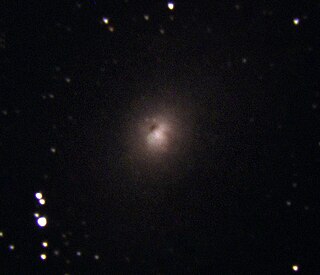
NGC 185 is a dwarf spheroidal galaxy located 2.08 million light-years from Earth, appearing in the constellation Cassiopeia. It is a member of the Local Group, and is a satellite of the Andromeda Galaxy (M31). NGC 185 was discovered by William Herschel on November 30, 1787, and he cataloged it "H II.707". John Herschel observed the object again in 1833 when he cataloged it as "h 35", and then in 1864 when he cataloged it as "GC 90" within his General Catalogue of Nebulae and Clusters. NGC 185 was first photographed between 1898 and 1900 by James Edward Keeler with the Crossley Reflector of Lick Observatory. Unlike most dwarf elliptical galaxies, NGC 185 contains young stellar clusters, and star formation proceeded at a low rate until the recent past. NGC 185 has an active galactic nucleus (AGN) and is usually classified as a type 2 Seyfert galaxy, though its status as a Seyfert is questioned. It is possibly the closest Seyfert galaxy to Earth, and is the only known Seyfert in the Local Group.

The Crescent Nebula is an emission nebula in the constellation Cygnus, about 5000 light-years away from Earth. It was discovered by William Herschel in 1792. It is formed by the fast stellar wind from the Wolf-Rayet star WR 136 colliding with and energizing the slower moving wind ejected by the star when it became a red giant around 250,000 to 400,000 years ago. The result of the collision is a shell and two shock waves, one moving outward and one moving inward. The inward moving shock wave heats the stellar wind to X-ray-emitting temperatures.

NGC 3132 is a bright and extensively studied planetary nebula in the constellation Vela. Its distance from Earth is estimated at about 613 pc. or 2,000 light-years.
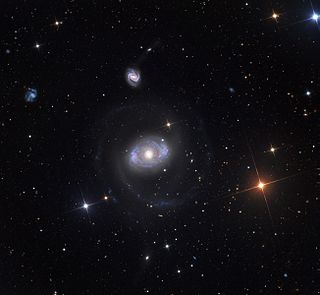
NGC 4151 is an intermediate spiral Seyfert galaxy with weak inner ring structure located 15.8 megaparsecs from Earth in the constellation Canes Venatici. The galaxy was first mentioned by William Herschel on March 17, 1787; it was one of the six Seyfert galaxies described in the paper which defined the term. It is one of the nearest galaxies to Earth to contain an actively growing supermassive black hole. The black hole would have a mass on the order of 2.5 million to 30 million solar masses. It was speculated that the nucleus may host a binary black hole, with about 40 million and about 10 million solar masses respectively, orbiting with a 15.8-year period. This is, however, still a matter of active debate.

NGC 6357 is a diffuse nebula near NGC 6334 in the constellation Scorpius. The nebula contains many proto-stars shielded by dark discs of gas, and young stars wrapped in expanding "cocoons" or expanding gases surrounding these small stars. It is also known as the Lobster Nebula. This nebula was given the name War and Peace Nebula by the Midcourse Space Experiment scientists because of its appearance, which, in infrared images the bright, western part resembles a dove, while the eastern part looks like a skull.
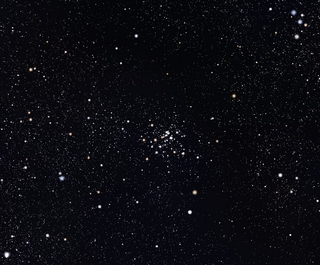
NGC 6124 is an open cluster located 1,860 light years away in the constellation Scorpius. It was discovered by Abbe Lacaille in 1751 during his South African tour.

NGC 1931 is an emission and reflection nebula in the constellation Auriga. The nebula has been referred to as a "miniature version of the Orion Nebula", as it shares some of the same characteristics. It is a mixed emission-reflection nebula, and contains a smaller version of the Trapezium in its hot young star cluster centered in the emission nebula. The entire cluster/nebula complex is only about 3 arcmin in size. The distance from earth is estimated at about 7000 light years.

NGC 7 is a barred spiral galaxy located in the Sculptor constellation. It was discovered by English astronomer John Herschel in 1834, who was using an 18.7 inch reflector telescope at the time. Astronomer Steve Gottlieb described the galaxy as faint, albeit large, and edge-on from the perspective of the Milky Way; he also noted how the galaxy could only be observed clearly with peripheral vision, not by looking directly at it.
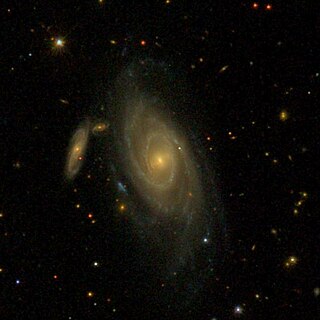
NGC 36 is a barred spiral galaxy in the constellation Pisces. It is located about 221 million light-years away. It was discovered in October 25, 1785 by the astronomer William Herschel.

The New General Catalogue objectNGC 48 is a barred spiral galaxy located approximately 79.3 million light-years from the Solar System in the constellation Andromeda.
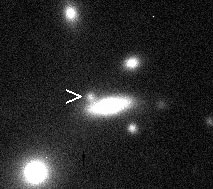
NGC 5177 is a lenticular galaxy. Based on a redshift of 6467 km/s the galaxy is crudely estimated to be about 300 million light-years away.
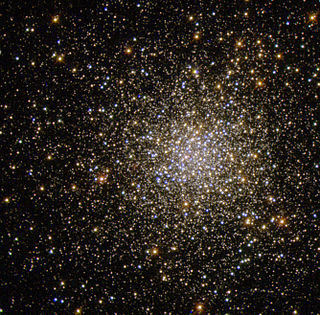
NGC 5694 is a globular cluster in the constellation Hydra. It was discovered in 1784 by William Herschel.
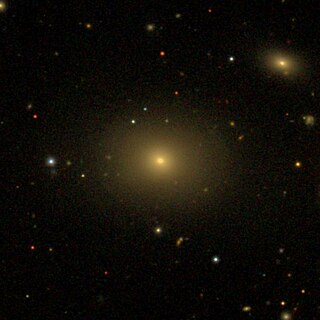
NGC 3357 is an elliptical galaxy located in the constellation of Leo. It was discovered on April 5, 1864 by German astronomer Albert Marth.

NGC 66 is a barred spiral galaxy discovered by Frank Muller in 1886, and is located in the Cetus constellation.

NGC 1647 is an open cluster in the constellation Taurus. It contains nearly 90 stars and it lies at a distance of 550 parsec. It is visible even with binoculars close to Aldebaran. It was discovered by William Herschel in 1784. It is located behind Taurus dark nebula complex, approximately 160 parsec away. The brightest main sequence stars are of spectral type B7. Its age is estimated to be 150 million years.
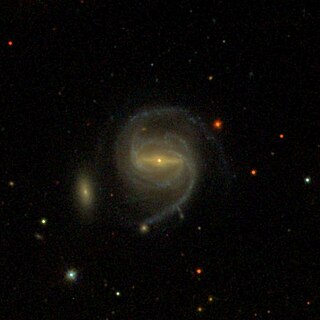
NGC 5000 is a barred spiral galaxy in the Coma Berenices. It was discovered by William Herschel in 1785. It is also known as LEDA 45658, MCG+05-31-144, UGC 8241, VV 460, III 366, h 1544, and GC 3433.
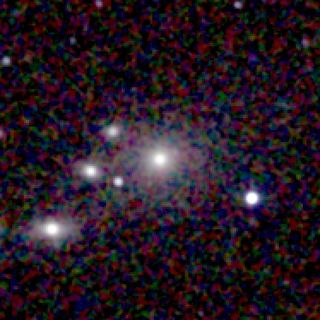
NGC 7012 is a large, bright elliptical galaxy located about 380 million Light-years away from Earth in the constellation Microscopium NGC 7012 was discovered by astronomer John Herschel on July 1, 1834.

NGC 6975, also known as NGC 6976, is a spiral galaxy in the constellation Aquarius. The object was discovered on 12 July 1864 by the German astronomer Albert Marth.
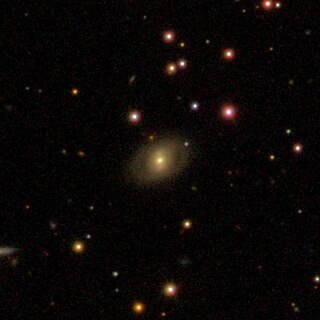
NGC 739 is a spiral galaxy approximately 193 million light-years away from Earth in the constellation of Triangulum.
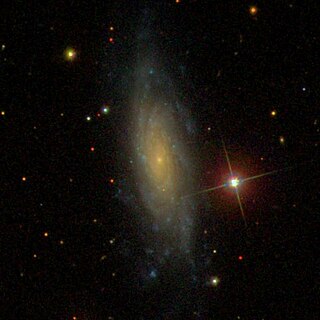
NGC 803 is a spiral galaxy located in the constellation Aries about 70 million light-years from the Milky Way. It was discovered by the German–British astronomer William Herschel in 1784.




















